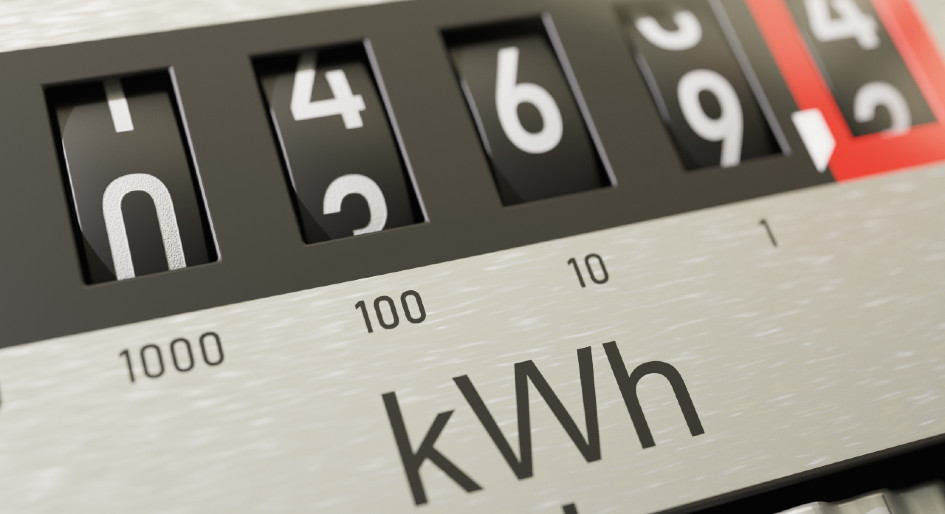Competitive procurement underpins the Ontario government’s efforts to trim the price-point of energy efficiency spending. A new slate of conservation and demand management (CDM) programs allocates $456 million for commercial, institutional and industrial consumers over a four-year period with $110 million of that earmarked for still unspecified “customer solutions” to be rolled out in 2023 and 2024. That’s in line with the government’s interest in the outcome of a pending pilot energy efficiency auction to procure 13 megawatts (MW) of permanent demand reduction via a competitive bid process.
Notably, the directive from provincial Energy Minister Greg Rickford setting out the parameters for the 2021-24 CDM framework decrees: “The new CDM framework will leverage competitive procurements and calls for proposals in order to increase competition, improve cost-effectiveness and solicit consumer-based solutions.” It also instructs the Independent Electricity System Operator (IESO) to report on lessons learned from the pilot auction as part of a mid-term review of the framework to be submitted to the Minister by December 31, 2022.
Customer solutions are projected to deliver 325.7 gigawatt-hours (GWh) in energy savings and 44.1 megawatts (MW) of peak demand reduction in each of 2023 and 2024, or about 42 per cent of energy savings and 35 per cent of peak demand reduction anticipated from all business programs in those years. In total, the CDM framework anticipates more than 2,509 GWh of energy savings and nearly 410 MW of peak demand reduction from the commercial, institutional and industrial sectors over the four-year period.
To begin, many of the commonly obtained Save on Energy incentives from previous iterations of the CDM framework remain on offer. The largest share of funding — $57.6 million in 2021 and $54.5 million in 2022 — will be channelled to prescriptive retrofit measures, providing a per-unit rebate for the installation of a range of lighting and HVAC products, motors, variable frequency drives and select building equipment such as refrigerators, dryers, thermostats and controls for beverage vending machines. This will decrease to $39 million in both 2023 and 2024.
Whole-building saving incentives through the energy performance program have been enhanced in the new CDM framework. The incentive for commercial and institutional facilities is now offered for a three-year period. A total of $22 million is budgeted for the program, escalating from $4.4 million in 2021 to $7.2 million by 2024.
It will provide payments of $0.04 cents per kilowatt-hour (kWh) for metered energy savings relative to baseline energy use at the beginning of the contract period, and a new $50 per kilowatt (kW) payment for metered peak demand reduction relative to the baseline. Additionally, enrollees may be eligible for upfront payments to help underwrite energy efficiency investments that will deliver the savings.
Despite escalating allocations for energy management — from $3.5 million in 2021 up to $14 million in each of 2023 and 2024 — funding for embedded energy managers will be diverted to other avenues after 2022. Until then, companies can still cover the salaries of in-house experts tasked with finding and delivering energy savings via the incentive, which provides up to $150,000 annually based on a formula of $300 per kW of peak demand reduction achieved. (Although, at that the full rate of earning, fewer than 24 would be covered in 2021, with numbers then growing to 55+ in 2022.)
As of 2023, companies must use their own resources to remunerate in-house energy managers, but they will be eligible for what’s described as an “enhanced level of technical support and resources”. The IESO has also promised a stakeholder consultation to get input on companies’ energy management needs.
For 2021-24, the range of incentives for small businesses with fewer than 50 employees will expand from the previous focus — which provided up to $2,000 for lighting upgrades — to include HVAC and refrigeration equipment. However, the overall program budget will shrink from $9.1 million in 2021 and $9.2 million in 2022 to $5.1 million in each of 2023 and 2024.
Funding continues to be available for local programs, which address specific needs within a community or region. The CDM framework allocates $65.6 million for such initiatives during the four-year period with $15.5 million available this year. In keeping with the Minister’s directive, the IESO states: “Beginning in 2021, the implementation of local programs will leverage competitive mechanisms to provide targeted energy and demand savings for specific areas, while encouraging innovation and energy cost savings.”
This year is also a transitionary year, as proponents who had projects approved by Dec. 31, 2020 under the previous CDM framework will have until Dec. 31, 2021 to complete them and claim their incentives. Additionally, due to COVID-19-related business shutdowns and supply chain interruptions earlier in 2020, some proponents will still be completing projects approved under the previous government’s program regime, known as the Conservation First Framework. Those must be complete by June 30 of this year.






